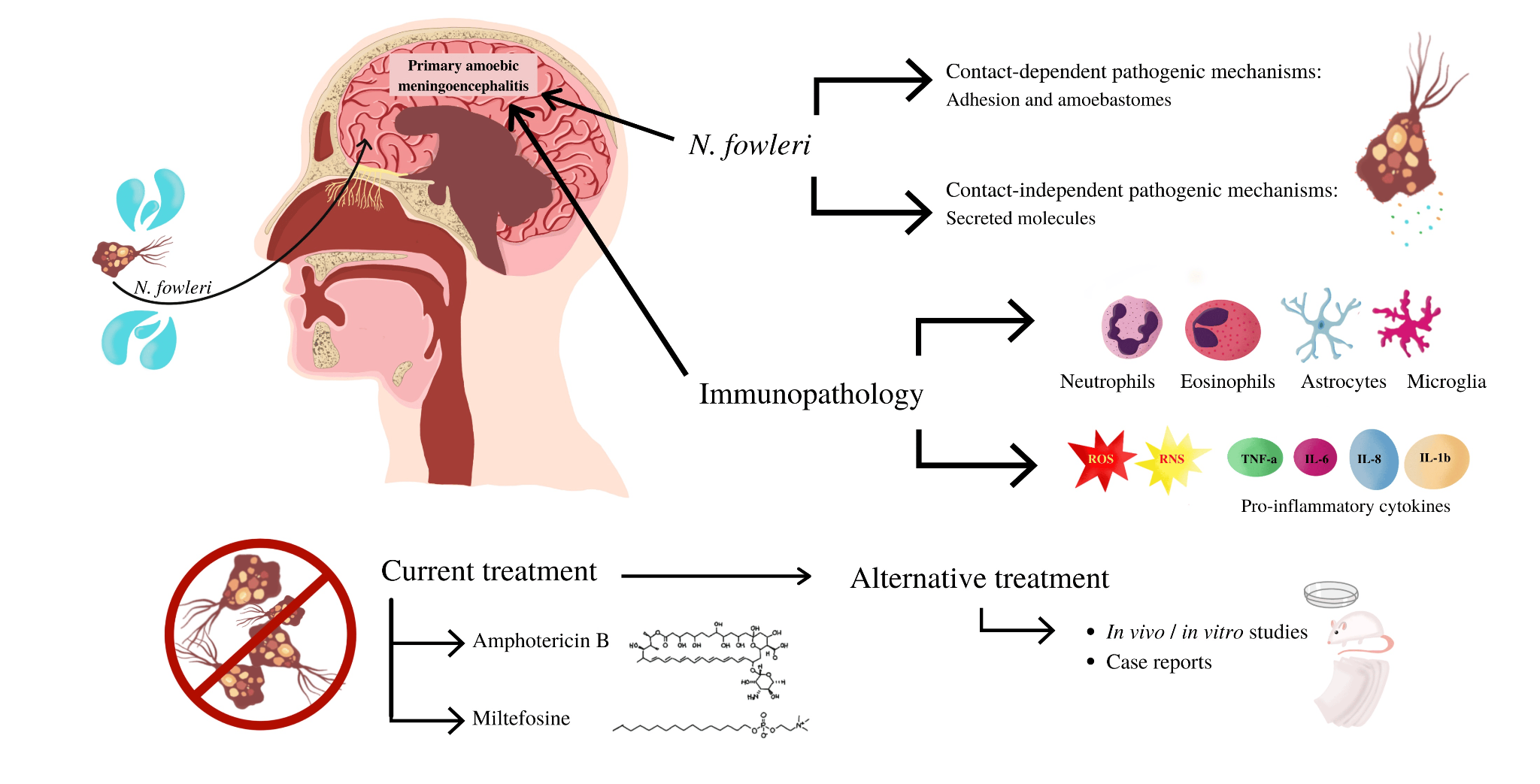Rapid Fire
Brain-eating Amoeba
- 25 May 2024
- 1 min read
The recent death of a 5-year-old girl in Kerala due to primary amoebic meningoencephalitis (PAM) caused by the Naegleria fowleri amoeba, often referred to as the "brain-eating amoeba," has highlighted the rare yet fatal nature of this devastating infection.
- Naegleria fowleri is a free-living amoeba that thrives in warm freshwater and soil around the world.
- The amoeba enters the body through the nose, typically during activities like swimming, and then travels to the brain, where it destroys brain tissue and causes swelling.
- Symptoms: The initial symptoms include headache, fever, nausea, and vomiting, followed by a stiff neck, confusion, seizures, hallucinations, and eventually coma.
- Mortality Rate: Most people with PAM die within 1 to 18 days after the onset of symptoms, and the disease usually leads to coma and death within 5 days.
- Treatment Challenges: There is currently no effective treatment for PAM, and doctors rely on a combination of drugs, including amphotericin B, azithromycin, fluconazole, and others, to try to manage the infection.
Read More: Naegleria fowleri: The Brain-Eating Amoeba





